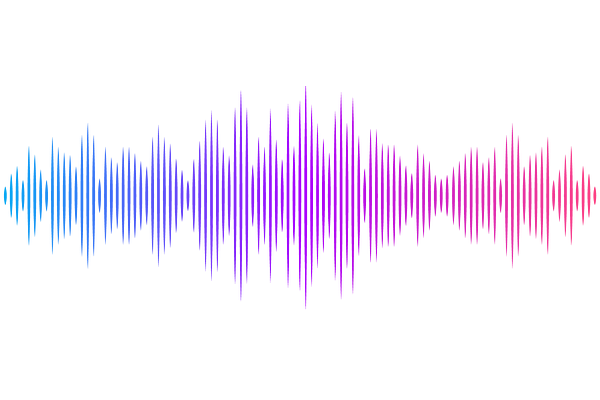Native-like soluble E1E2 glycoprotein heterodimers on self-assembling protein nanoparticles for hepatitis C virus vaccine design

Native-like soluble E1E2 glycoprotein heterodimers on self-assembling protein nanoparticles for hepatitis C virus vaccine design
He, L.; Lee, Y.-Z.; Zhang, Y.; Newby, M. L.; Janus, B. M.; Gonzalez, F. G.; Ward, G.; DesRoberts, C.; Hung, S.-H.; Giang, E.; Allen, J. D.; Kulakova, L.; Toth, E. A.; Fuerst, T.; Law, M.; Ofek, G.; Crispin, M.; Zhu, J.
AbstractHepatitis C virus (HCV) is a leading cause of chronic liver disease, cirrhosis, and hepatocellular carcinoma worldwide. E1E2-based HCV vaccine development has been hindered by the challenge of producing a soluble E1E2 (sE1E2) antigen that faithfully recapitulates the native glycoprotein heterodimer found on virions. Based on available cryo-electron microscopy (cryo-EM) structures, we rationally engineered sE1E2 for genotype 1a H77 by truncating the E1 and E2 stems (Cut1), removing a putative fusion peptide (pFP)-containing region in E1 (Cut2), and stabilizing the E1-E2 interface with diverse heterodimeric scaffolds. All H77 sE1E2.Cut1+2 scaffolds showed native-like E1-E2 association and robust binding to the broadly neutralizing antibody (bNAb) AR4A. A genotype 1a HCV-1 sE1E2.Cut1+2 variant scaffolded by a modified SpyTag/SpyCatcher (SPY{Delta}N) was selected for in vitro, structural, and immunogenic characterization. The structure of this sE1E2 scaffold in complex with bNAbs was analyzed by cryo-EM and negative-stain EM (nsEM), with an nsEM-based approach developed for antibody epitope mapping. HCV-1 sE1E2.Cut1+2.SPY{Delta}N was displayed on self-assembling protein nanoparticles (SApNPs) to enhance immunogenicity. HCV-1 sE1E2.Cut1+2.SPY{Delta}N heterodimer and SApNPs with wildtype and modified glycans were tested in mice, revealing the beneficial effects of multivalent display and oligomannose enrichment. Our study provides a rigorous foundation for next-generation HCV vaccine development.